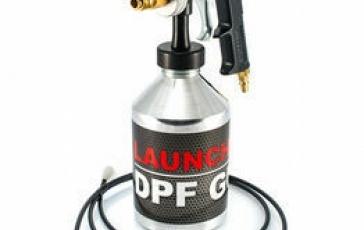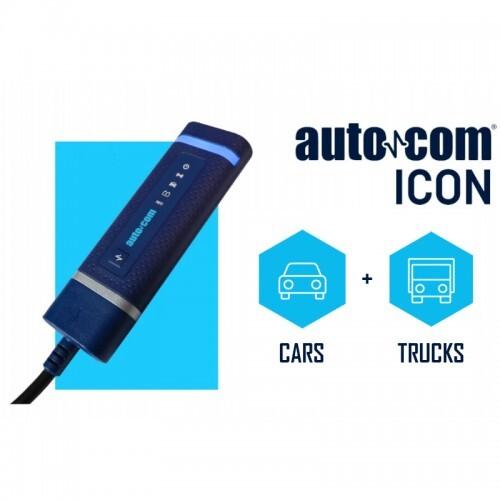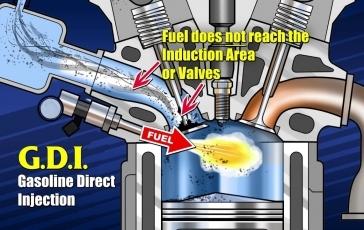How To Use OBD Diagnostic Tool For Detecting Hidden Car Issues?

In today's automotive environment, performance and safety both depend on you being aware of your car's health. Onboard diagnostics systems are now standard on modern cars, thanks to technological advancements, and they monitor a variety of systems and components. You can find hidden car problems with an OBD diagnostic tool before they become serious issues. This post explains the functions, advantages, and practical applications of the OBD diagnostic tools for car maintenance.
What is an OBD Diagnostic Tool?
An OBD diagnostic tool is a gadget that plugs into the OBD port on your car, which is typically found beneath the dashboard. The onboard computer of the car generates trouble codes, which this tool reads. These codes offer important information about possible problems with different systems, including the engine, gearbox, and emissions control.
OBD tools are primarily of two types:
- Basic Scanners: These instruments read and clear trouble codes, offering a simple means of inspecting for problems.
- Advanced Scanners: These have more features, such as improved reporting capabilities, advanced diagnostics, and real-time data monitoring.
What is the Working Process of an OBD Diagnostic Tool?
The performance of numerous systems and components is continuously monitored by the OBD system. The system creates a trouble code when an issue is found, and the car's computer stores that code. An OBD diagnostic tool retrieves these codes by communicating with the car's computer when it is connected.
How to Utilise an OBD Diagnostic Tool?
To connect the OBD diagnostic tool, find the OBD-II port and insert it.
- Turn On the Ignition: Normally, the ignition key must be turned to the "on" position without the engine running.
- Read the Codes: To read the trouble codes kept on the car's computer, follow the tool's instructions.
- Interpret the Codes: To find out what each code means, consult the tool's instruction manual or an internet database.
- Clear Codes (if required): You can remove the codes from the system once the problems have been fixed.
Advantages of OBD Diagnostic Tool Use
For car owners, using an OBD diagnostic tool has the following benefits:
- Early Problem Identification
Early problem detection is one of the main advantages of utilising an OBD tool. You can preserve the vehicle's performance and save money on repairs by identifying problems before they get worse. - Improved Upkeep
You can keep up with maintenance needs by checking the diagnostic codes on your car regularly. You can ensure your car runs smoothly by taking proactive measures to address any persistent issues that you notice. - Enhanced Fuel Economy
Some problems that an OBD diagnostic tool finds, like broken sensors or exhaust leaks, can reduce your car's fuel economy. These problems can be found and fixed to increase your car's mileage and lower fuel expenses. - Knowledgeable Choice-Making
You may make well-informed decisions about maintenance and repairs when you are aware of possible problems. With this information, you can talk to mechanics about issues in an informed way and make sure you aren't paying too much for services that aren't necessary.
Typical Problems Found by OBD Diagnostic Devices
An OBD diagnostic tool can be used to find a variety of problems, such as:
- CEL (Check Engine Light): The most popular justification for using an OBD tool, since it frequently shows a range of problems.
- Emissions Problems: If there are problems with the emissions system, your car may not pass emissions tests and pollution levels will rise.
- Gearbox Issues: Issues with the gearbox can have a big impact on how well a car runs and handles.
- Sensor Malfunctions: Inaccurate readings from malfunctioning sensors can impact everything from engine performance to fuel efficiency.
Any car owner who wants to keep their vehicle in good working order can benefit greatly from having an OBD diagnostic tool. These tools give you the ability to see hidden problems and make well-informed decisions about maintenance and repairs, which will ultimately save you money and time. Investing in an OBD diagnostic tool can improve your understanding of your vehicle, making driving safer and more effective, regardless of your level of experience as a mechanic or as a novice car owner. Use an OBD tool to maintain your car in excellent condition and drive with confidence rather than waiting for issues to get worse.








Comments